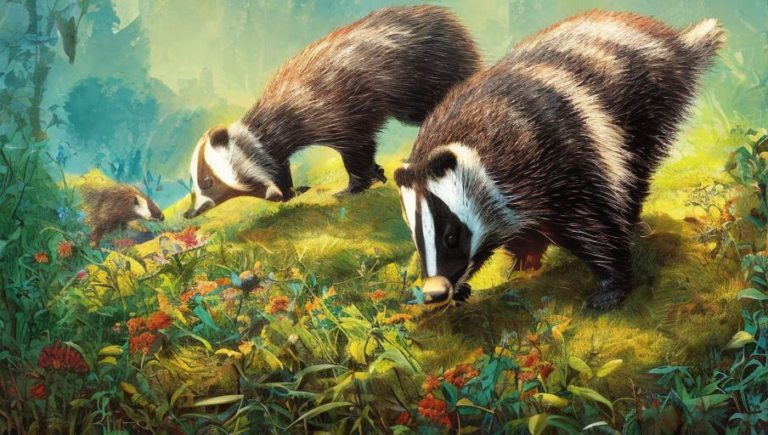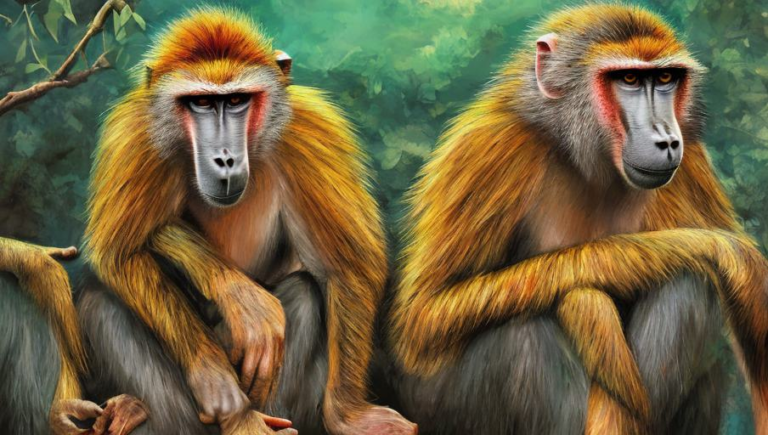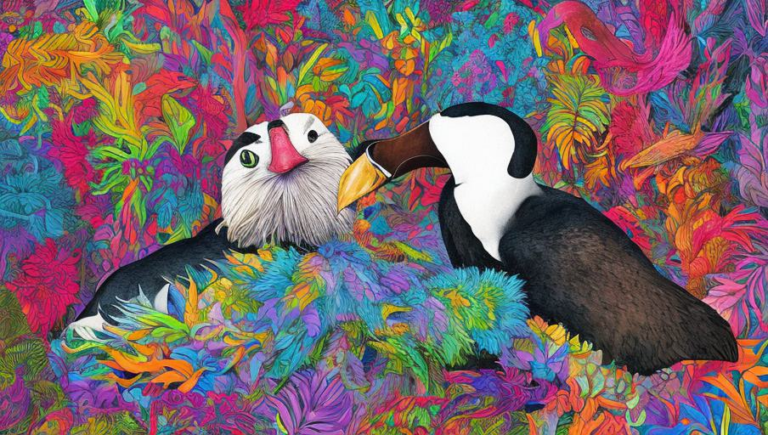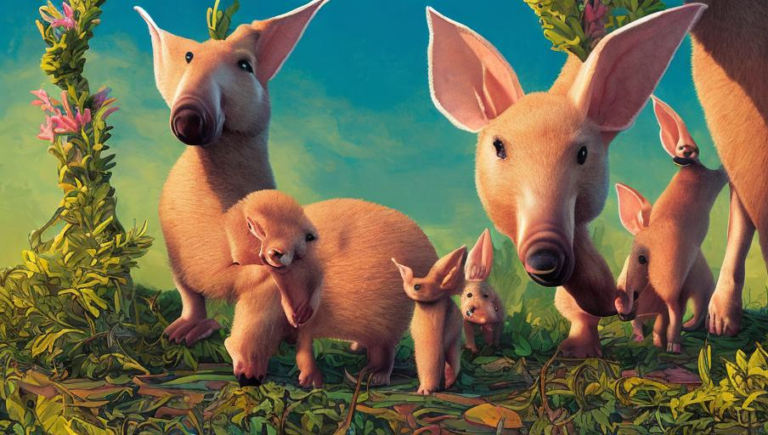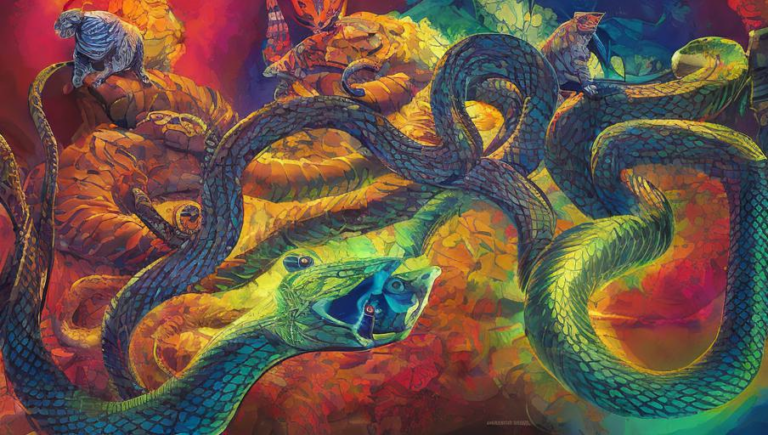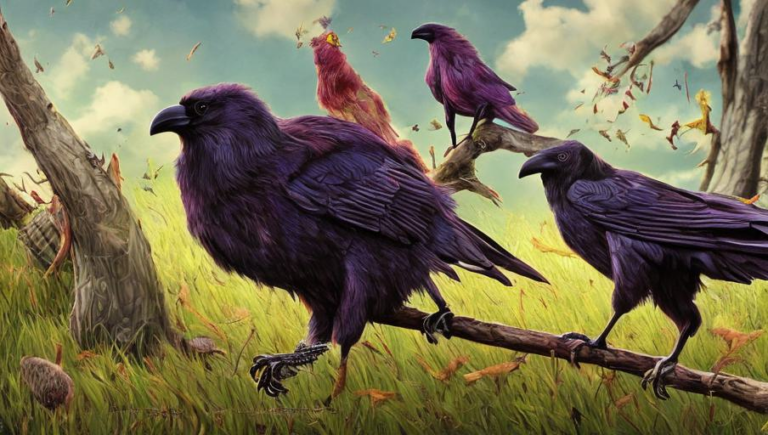How Climate Change Affects Buffalo Populations
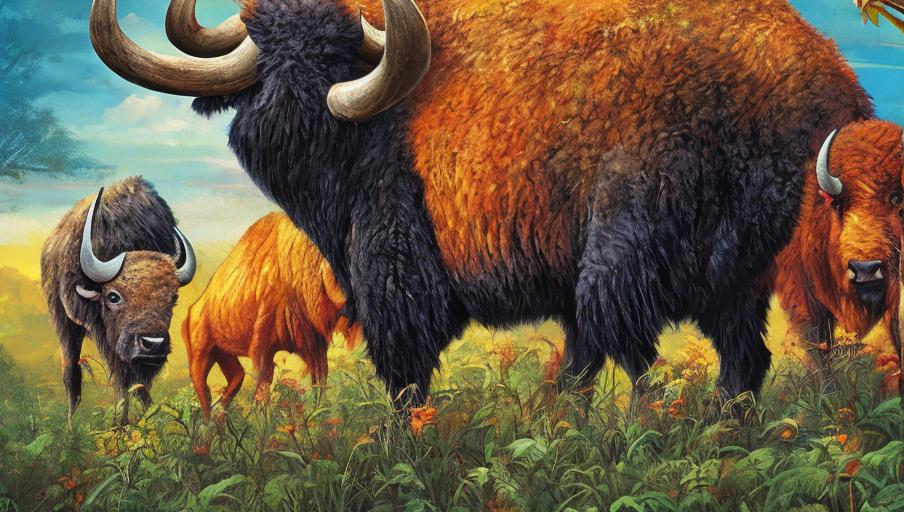
Introduction
Climate change has become a major concern for the world’s wildlife populations, and buffalo are no exception. The effects of global warming have already begun to affect the size, distribution, and behavior of buffalo, with potentially devastating consequences for the species. This article will explore how climate change affects buffalo populations, why this is an important issue, and what can be done to protect these majestic animals.
Effects of Climate Change on Buffalo
Climate change has already had an adverse effect on buffalo populations in many parts of the world. Rising temperatures have caused many areas to become too warm for buffalo to survive in, leading to a decrease in the size of their herds. Additionally, drought conditions caused by climate change have made it difficult for buffalo to find food and water, leading to further decreases in their populations.
Furthermore, climate change has also had an effect on the behavior of buffalo. In areas where temperatures are rising, buffalo have been observed to migrate to cooler areas in search of relief from the heat. This has caused the buffalo to move away from their traditional grazing grounds, making it difficult for them to find food and water and further leading to population decreases.
Why Climate Change is an Important Issue for Buffalo
Climate change is a major threat to the buffalo population for a number of reasons. As mentioned before, rising temperatures and drought conditions can cause buffalo to lose their traditional grazing grounds, leading to decreases in their populations. Additionally, climate change can cause changes in the composition of the soil, leading to decreased plant growth and further threatening the buffalo’s food supply. Finally, climate change can also cause severe weather events, such as floods and droughts, which can be devastating to buffalo populations.
What Can Be Done to Protect Buffalo?
The effects of climate change on buffalo populations can be mitigated with the help of conservation efforts. In areas where buffalo are threatened by climate change, conservationists can work to protect their habitats by restoring and preserving the areas that buffalo live in. Additionally, conservationists can work to increase the number of buffalo in the wild by taking steps to reduce hunting and poaching of the species. Finally, conservationists can work to restore the buffalo’s natural habitat by replanting vegetation and introducing water sources that can provide the buffalo with the food and water they need to survive.
Conclusion
Climate change is a major threat to the world’s buffalo populations. Rising temperatures, drought conditions, and severe weather events can all have devastating effects on buffalo populations. However, with the help of conservation efforts, the effects of climate change on buffalo can be mitigated. By working to protect their habitats, reduce hunting and poaching, and restore the buffalo’s natural habitat, conservationists can help to ensure that these majestic animals will be around for generations to come.
